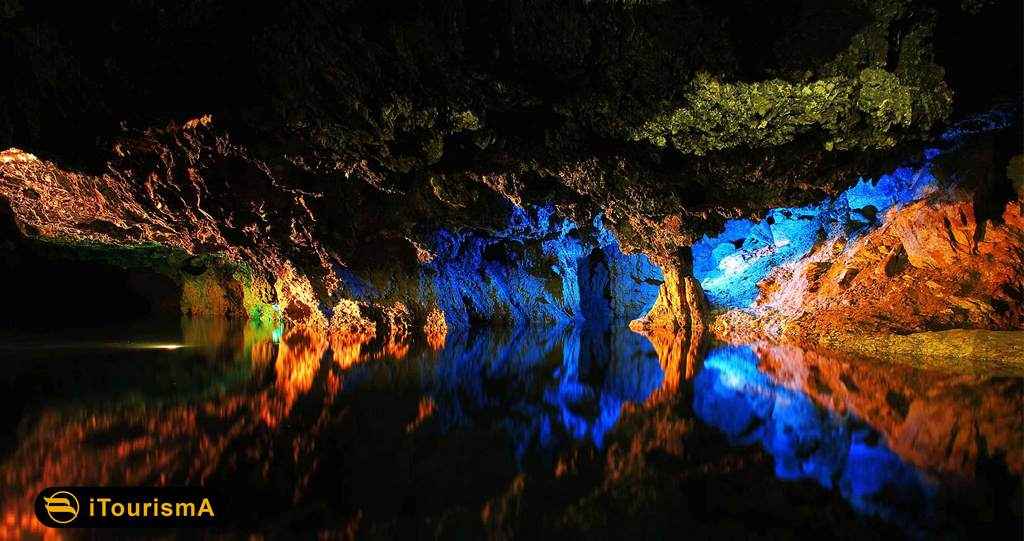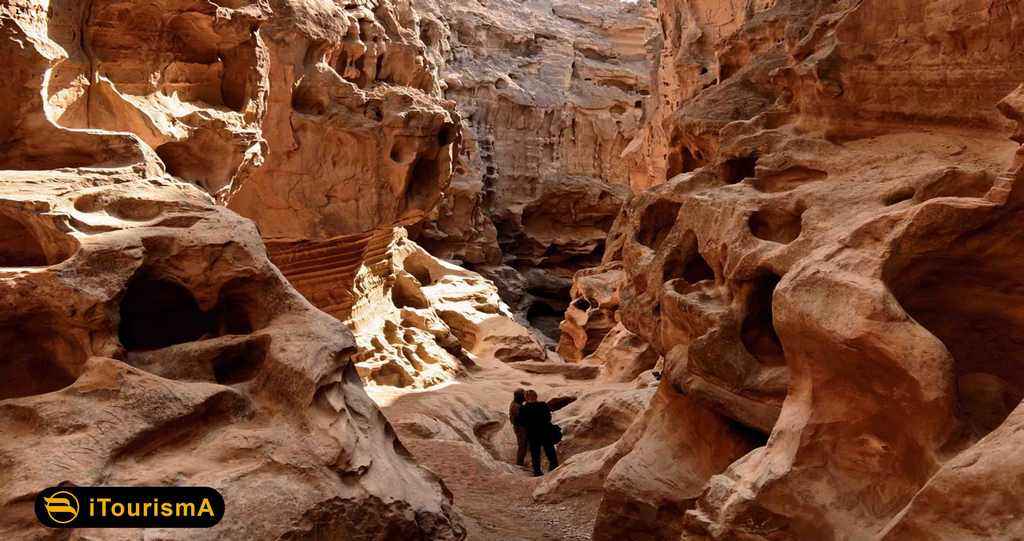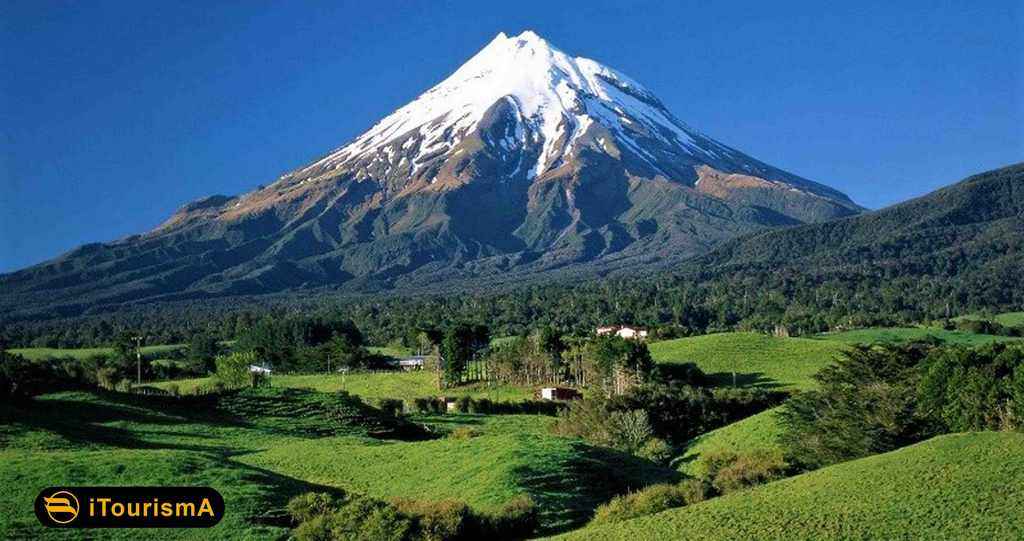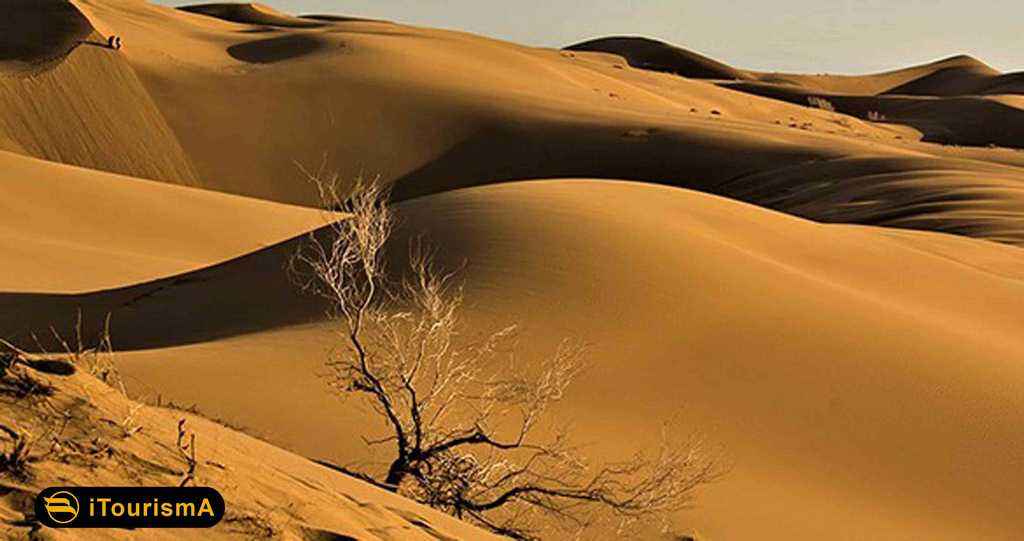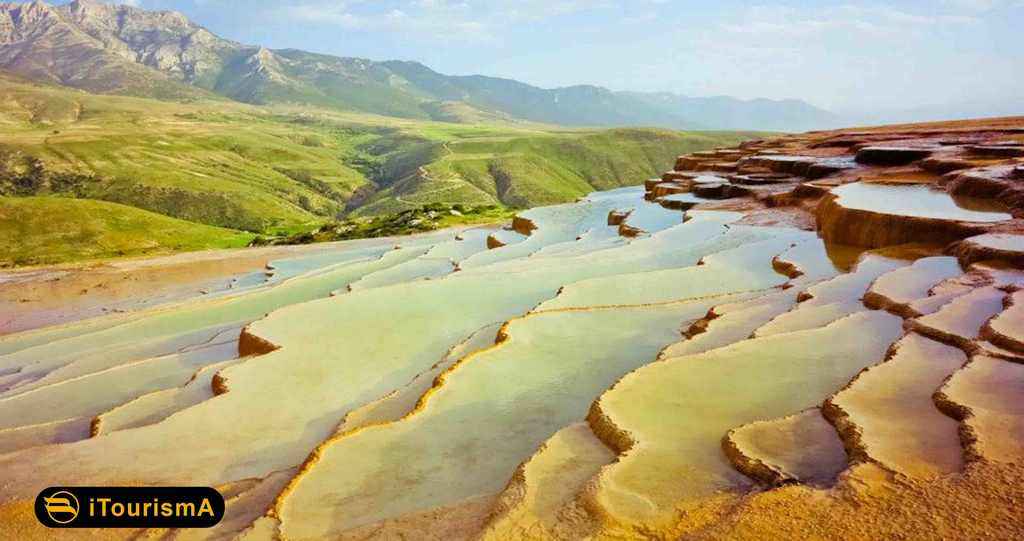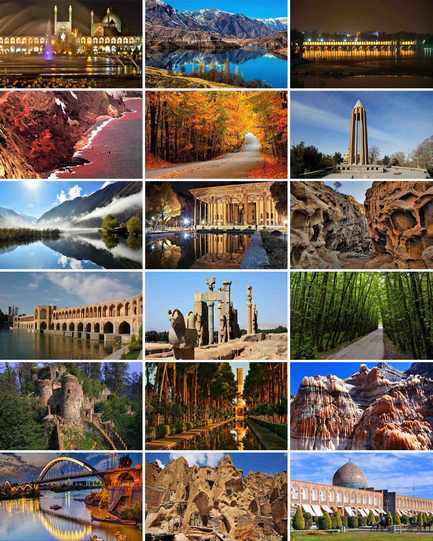Climate of IRAN
Iran is a high plateau by the latitude of twenty five to forty degrees and it is located in the northern hemisphere. The desert and semi-desert areas occupy more than half of the country’s land. About a third of Iran is also mountainous and a small part of Iran (including the southern plain of the Caspian Sea and the Khuzestan plain) is composed of fertile plains. Iran has a high climatic diversity. Iran is considered as a dry and semiarid climate in terms of precipitation.
Different climates of Iran
1. Moderate and humid climate
South coasts of Caspian Sea with moderate weather and abundant rainfall, is part of the moderate regions of the country.
Features of moderate and humid climate:
- Rain in most seasons
- High humidity
- High vegetation and forest growth
2. Hot and dry climate
A significant portion of Iran’s area has hot and dry climate. Features of hot and dry climate:
- The dry winds of these areas are very annoying
- The desert sky is smooth and no clouds during most of the year
- Low rainfall
- Fog and storm occur very much
- Lack of vegetation
- High temperature difference between night and day
- Cold and hard winters and hot and dry summers
3. Cold and mountainous climate
Alborz and Zagros Mountains and the western mountains of the country are part of this climate category. Features of cold and mountainous climate:
- Extreme cold in winter
- Moderate weather in summer
- High snowfall
- Too dry air
4. Hot and humid climate
This climate is along a narrow, relatively long coastal strip which is more than two thousand kilometers in length that begins from Arvand River in the southwest of Khuzestan province and ends in the Ghetto Bay in the southeast of Sistan and Baluchestan province. Features of hot and humid climate:
- Intense heat
- High humidity
- Low rainfall
- Moderate weather in winter
- Low temperature difference between night and day















